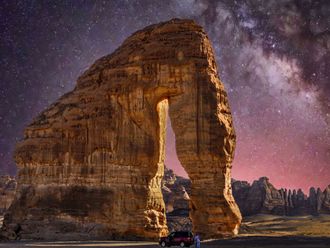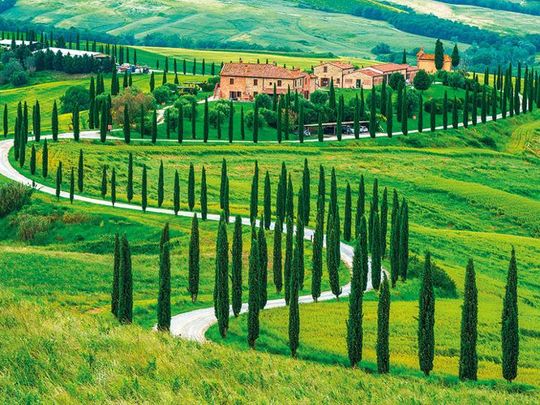
Forest bathing in Japan
Ancient pilgrim routes, hot springs, historic shrines, female pearl divers as strong as superheroes, forest bathing. These sound like the ingredients of a Japanese fairytale and all can be found in Mie and Wakayama prefectures.
Why it’s special
These two neighbouring prefectures, nudging south on the main Honshu island, are epic places to explore, with woodland, jagged coastlines, delicious seafood and rich local culture. One highlight is the Kumano Kodo, a network of ancient Unesco-protected pilgrim routes, which meanders through dense forests in both regions, and is a modern-day magnet for forest bathing.
The region is also famed for its pearl divers known as ama, with communities of mainly elderly women still free-diving with weights around their waists to retrieve sea treasures; and they welcome visitors into their huts for a fresh seafood lunch. You have to stop by Ise Jingu in Mie – the most important shrine in Japan and the heartbeat of the nation’s Shinto belief system.
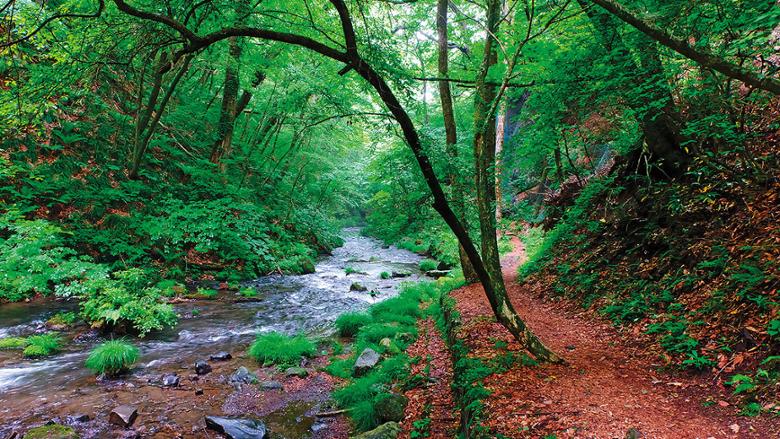
Explore the exquisitely crafted complex before enjoying sweets and green tea in the pretty town. Rather wonderfully, despite the rural setting, Mie is home to the uber-luxurious Amanemu – with serenely sleek guestrooms, top quality food, a sleek pool with sunset views across Ago Bay, and a five-star spa that is perfect for post-forest hiking recovery.
You’ll never forget
Walking through the ancient Kumano Kodo forests, following in the footsteps of pilgrims dating back more than 1,000 years and soaking in muscle-melting hot spring onsen baths.
Expert tips
Like the sound of lying on a "log bed" in the middle of a forest while someone plays a bamboo flute to calm you? Book a forest bathing therapist to accompany you and brace yourself for gentle stretches, healthy lunches and regular blood pressure checks, in addition to musical log meditations. Book through the Kumano de Kenko Labo.
How to do it
A good starting point is the Kii Peninsula in Wakayama, something of a hub for Kumano Kodo walking (about five hours by train from Tokyo or a 75-minute flight from Haneda to Nanki-Shirahama airport). The Kumano Hongu Heritage Centre (tb-kumano.jp) is the place to get your bearings. For some post-hike pampering, check into the Amanemu which has double rooms from 109,836 yen. The hotel can arrange a string of excursions and provide lunch.
Take the waters in Tuscany
Southern Tuscany’s rows of cypress trees in picture-postcard landscapes stand above a bubbling underground world of geothermal activity.
Why it’s special
South-east of popular Siena and Chianti lies the Val d’Orcia, an exquisite landscape of rolling clay hills where the colour palette changes as crops grow and ripen, and where ancient stone-built hilltop towns blur into nature. Here and there precipitous clay outcrops stand out from the worked fields like patches of a lunar landscape. Tranquil on the surface, it is anything but below ground, and warm springs bubble to the surface in some unlikely settings.
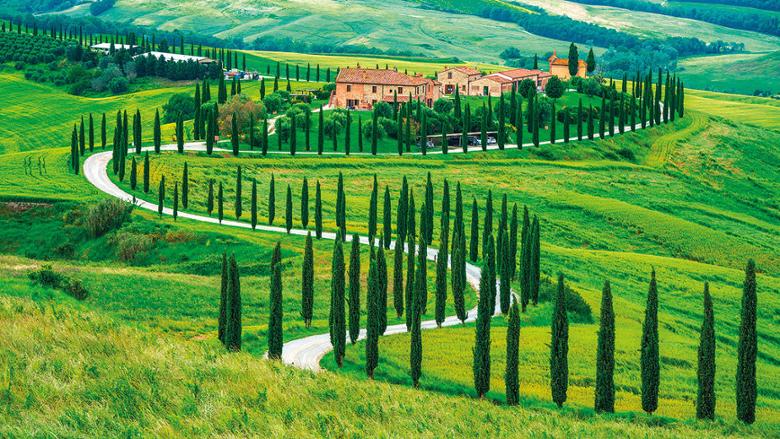
In tiny Bagno Vignoni, a huge tank of mineral-rich water steams where the central piazza should be. You can take the waters in the Posta Marcucci hotel (postamarcucci.it) in town, or in the (rather cooler) rock pools in the countryside below. In San Casciano dei Bagni, Fonteverde is an elegant hotel where non-guests can access the large modern hot-water pool and all kinds of treatments. But the real thermal magic is located among the vegetable gardens in a valley below the town where you can wallow in ancient stone pools with the sound of water trickling all around.
You’ll never forget
The soothing heat, if you’re there on a low-season break. Head for a hot spring on a cold night, rip off your thermals and plunge into the welcoming warmth.
Expert tips
Not all of southern Tuscany’s mineral water emerges hot from the ground. At Bagni San Filippo, a natural pool against a background of gleaming white calcareous encrustations known as "the elephant", is decidedly lukewarm; while at Sarteano the water that rushes into the pools at Parco delle Piscine is icy.
How to do it
The most convenient airports are Rome and Florence. From there, there are regular train connections (the places mentioned here are nearest to Chiusi-Chianciano on the Rome-Florence line); alternatively it’s a two-hour(ish) drive up the A1. For advice on car hire, see telegraph.co.uk/tt-carhireguide. As for accommodation, recommendations include La Bandita Country House, an urbane rural retreat, and Dimora Buonriposo, a sleek nine-room B&B.
Surf and spa on Sumba
This surf-lodge-meets-rustic-spa on an Indonesian island attracts a soulful crowd.
Why it’s special
Known as "lost-world island", under-the-radar Sumba is home to Nihi Sumba (nihi.com) – a humble surf lodge transformed into something rather swish, with private pools and day beds that become proper beds at night for glorious glamping to the sound of the waves. There’s also the new Villa Rahasia, a one-bedroom treehouse villa overlooking the Indian Ocean with a freshwater pool, a private cove and a spa sanctuary for unlimited treatments such as Indonesian "Lulur" body exfoliations (regarded as traditional medicine), then a complete switch-off for a night in the wilderness.
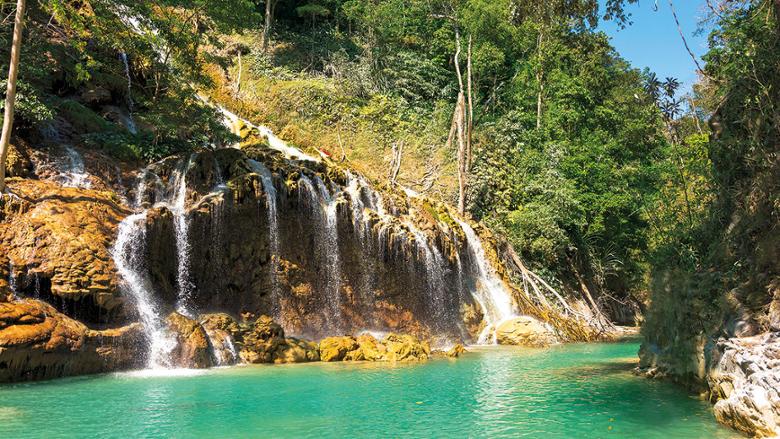
Add to this the wonder workout of surfing, yoga on a breathtaking platform set atop a cliffside ridge, galloping on horseback along the beach and heart-thumping hikes. A typical spa this is not. Food champions local flavours in fresh produce from the organic gardens, and fish is caught daily. Even toast has a wild edge - it is always cooked over an open fire, never in a toaster.
You’ll never forget
A new-found type of morning meditation: watching silhouettes of surfers riding early morning waves from your villa, while sipping your first mug of morning coffee. Nihi is famous for its mile-and-a-half-long beach fronting one of the world’s most coveted waves, known as "Occy’s Left" (after Australian surfer Mark Occhilupo).
Expert tips
Check out the set date retreats which are led by high-profile wellness experts. Previously this has included yoga influencers; programmes include trips to nearby villages, and, working with the Nihi Foundation.
How to do it
Rates at Nihi Sumba start at about £665 per villa per night. The resort’s Villa Rahasia costs from £1,590 per night, based on two sharing on a full-board basis and including all spa treatments.



_resources1_16a08544951_small.jpg)





